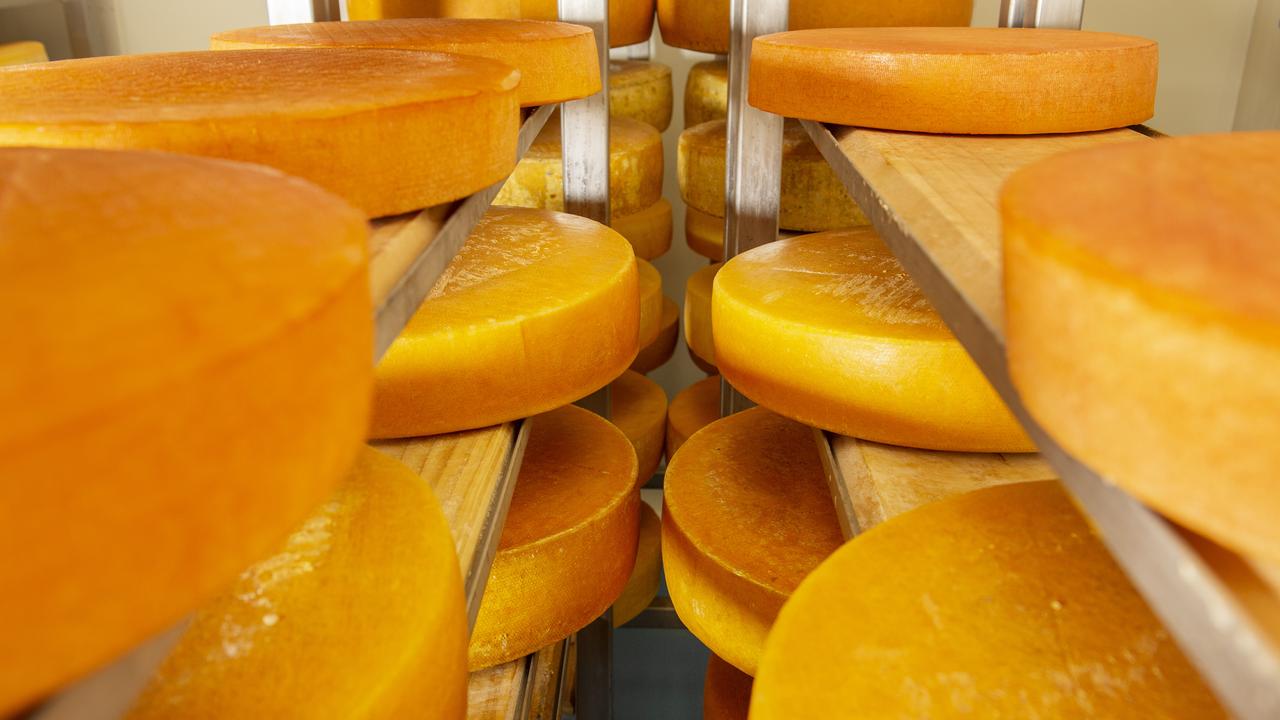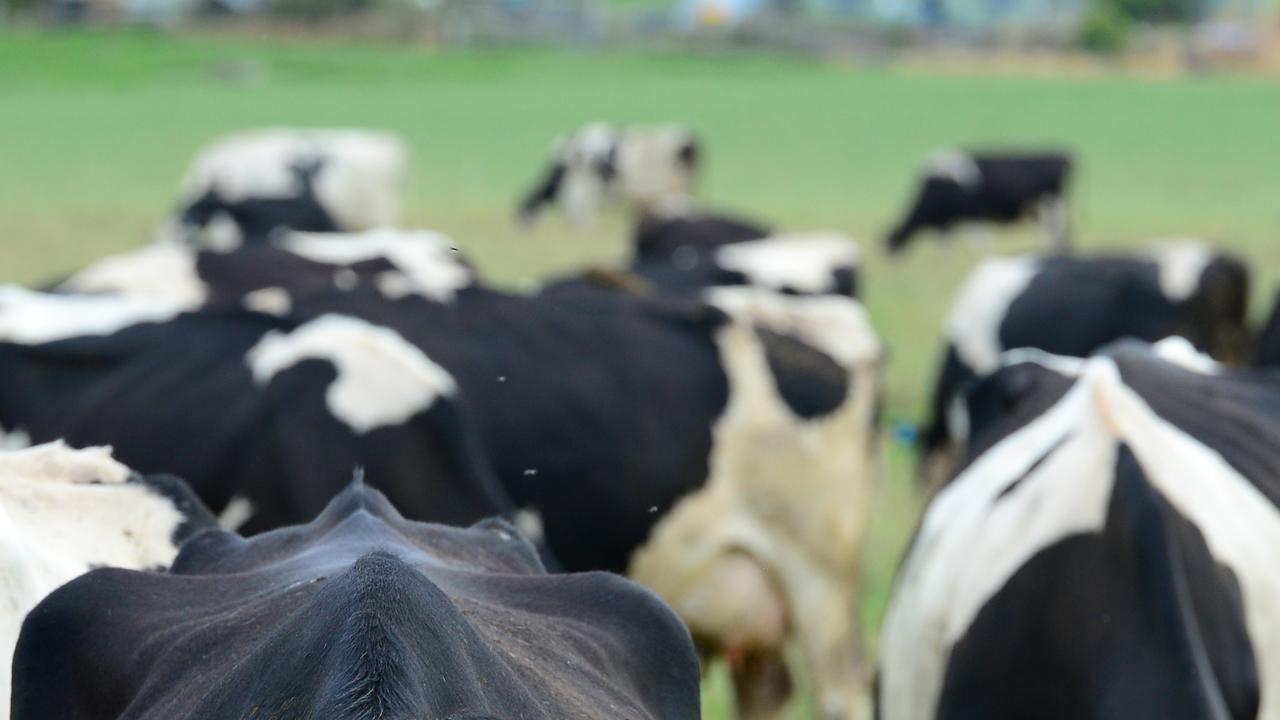China set to import less Australian dairy produce in 2021, Rabobank predicts
China used to have an insatiable hunger for Australian dairy but a trade watcher says Beijing’s love for our produce will wane in the new year.

CHINA’S appetite for Australian dairy is set to taper in the new year as the economic powerhouse becomes more self sufficient.
A new report has revealed a recent injection of Australian and New Zealand-bred heifers into the Chinese national herd is aiding Beijing’s moves to wean itself off dairy produce imports from Victoria and other states.
Rabobank dairy analyst Michael Harvey said the financier projects milk production in China to increase at a cracking pace of about 6 per cent year-on-year through early 2021, increasing to 6.5 per cent in the second half of the year.
“This is based largely on a short-term push from strong year-to-date Oceania heifer exports to China,” Mr Harvey said.
“However long-term production growth will depend on continuous investments in dairy on the back of improved profitability.”
“Higher milk production and moderate demand growth suggest weaker dairy imports in 2021, and higher domestic inventories in China could also potentially limit trade.”
Rabobank’s downbeat 2021 forecast comes amid growing trade tensions between Beijing and Canberra which have hit the beef, wine and grain sectors but have mainly spared Australian dairy so far.
Last week, The Weekly Times confirmed the tariff on Australia’s milk powder exports to China had remained at 5 per cent, despite hitting what is termed the 2020 ‘safeguard trigger’ of 22,335 tonnes in October.
Under the China-Australia Free Trade Agreement, Beijing has the right to double the tariff once exports exceed the trigger, but Australian Government sources confirmed the Xi regime had not imposed the 10 per cent tariff.
Meanwhile, Mr Harvey said milk production growth across the ‘big seven’ dairy exporters — New Zealand, Brazil, Argentina, Uruguay, the European Union, the United States and Australia — had been better than anticipated in 2020.
He noted the growth in liquid milk this calendar year was at its highest since 2017.
However, Mr Harvey said southern Brazil, Uruguay and Argentina were being hit by drought and the European season was starting to taper off.
“The EU and South America should see the largest slowdowns next year, with output in
Oceania being flat,” he said.
MORE
DAIRY FARMERS HEADING FOR MILK SHED EXIT



